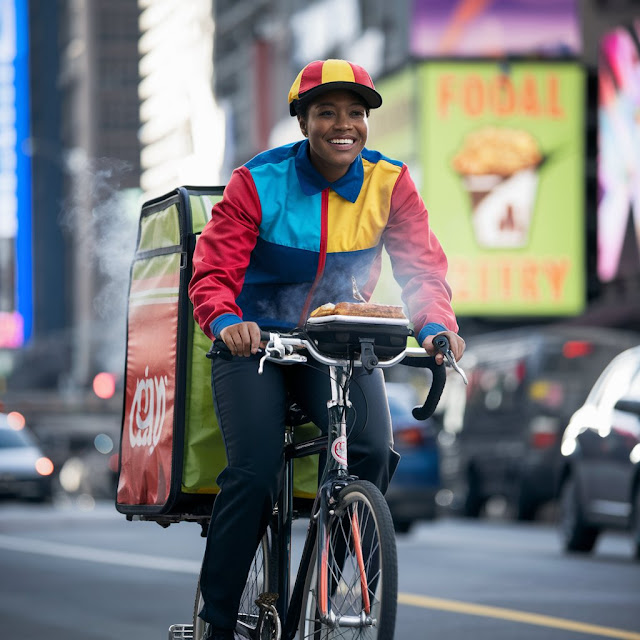The burgeoning industry of on-demand food delivery saw a rapid expansion during the pandemic. With in-person dining options shuttered apps like GrubHub and DoorDash experienced a significant surge in users, catapulting global revenue for the sector from $90 billion in 2018 to $294 billion in 2021. Despite this explosive growth, these apps remain unprofitable. A 2024 analysis from the Financial Times highlighted that leading online food delivery groups in Europe and the U.S. have accrued over $20 billion in combined operating losses since going public, which has made investors wary of further financing these ventures. Additionally, consumer dissatisfaction is increasing, and labor groups argue that the industry exploits gig economy workers. This suggests that on-demand food delivery is underperforming for all involved parties, including customers, couriers, restaurants, and the companies behind the apps.
Understanding this industry's floundering requires a look back at its origins. Convenience and novelty have always fueled food delivery. Historical texts from Korea’s Joseon Dynasty, circa 1770, describe scholars and officials ordering naengmyeon, a chilled buckwheat noodle dish. By the late 19th century, dabbawalas in colonial Mumbai were delivering hot lunches to workers. Similarly, Queen Margherita of Italy made one of the earliest recorded pizza delivery orders in 1898. The rise of the telephone allowed average diners to order food, a precursor to the vast delivery networks we know today.
Technological advancements, particularly post-WWII, continued to shape the industry. Restaurants began marketing “television menus” for takeout or delivery, catering to the increasing number of TV owners. In 1994, Pizza Hut launched one of the first internet-based food delivery services, allowing Santa Cruz residents to order online. The advent of smartphones and apps like DoorDash, GrubHub, and UberEats transformed the landscape further. These apps facilitate orders through digital platforms that connect local couriers—most of whom are contract workers—to customers, while charging restaurants substantial commission fees.
Local restaurant owners and chefs have increasingly voiced concerns about the toll these third-party apps take on their businesses. In a 2021 Eater Chicago article, chef Philip Foss described how the restaurant industry is “cannibalizing itself” through these services. Despite the convenience, Foss argued that delivery apps are economically detrimental to restaurants, particularly highlighting the disproportionate commission fees which can range from 15% to 30%. On a $30 order, the restaurant might profit by only $1.50, while the app earns $4.50.
The situation is no better for the couriers. Uber Eats drivers, for instance, earn a base fare of $2 to $4 per delivery, but rising fuel, insurance, and maintenance costs have rendered gig work less profitable. Compounding this issue is a decline in tipping rates. Consumer reports further reveal widespread customer dissatisfaction due to escalating wait times, high fees, and subpar food quality. The fees often eclipse the cost of the food itself.
In 2023, New York Magazine officially declared food delivery a "rip-off," pointing to exorbitant fees that have surged disproportionately compared to the actual cost of meals. Even as customers face higher costs, on-demand food delivery apps struggle to find a viable business model given high operational costs, low margins, and fierce competition.
Addressing these issues and creating a more sustainable delivery ecosystem requires multifaceted solutions. Some companies, like ChowNow and Slice, aim to offer ethical alternatives with fair wages for drivers and reasonable fees for restaurants. Chef Foss advocates for consumers to bypass third-party apps entirely by calling local restaurants directly for delivery or takeout.
Ultimately, for the public to support restaurants coping with the complex challenges posed by third-party delivery apps, a shift back to more direct interactions between consumers and local eateries may be necessary. This approach ensures better support for restaurant owners and workers through difficult times.


